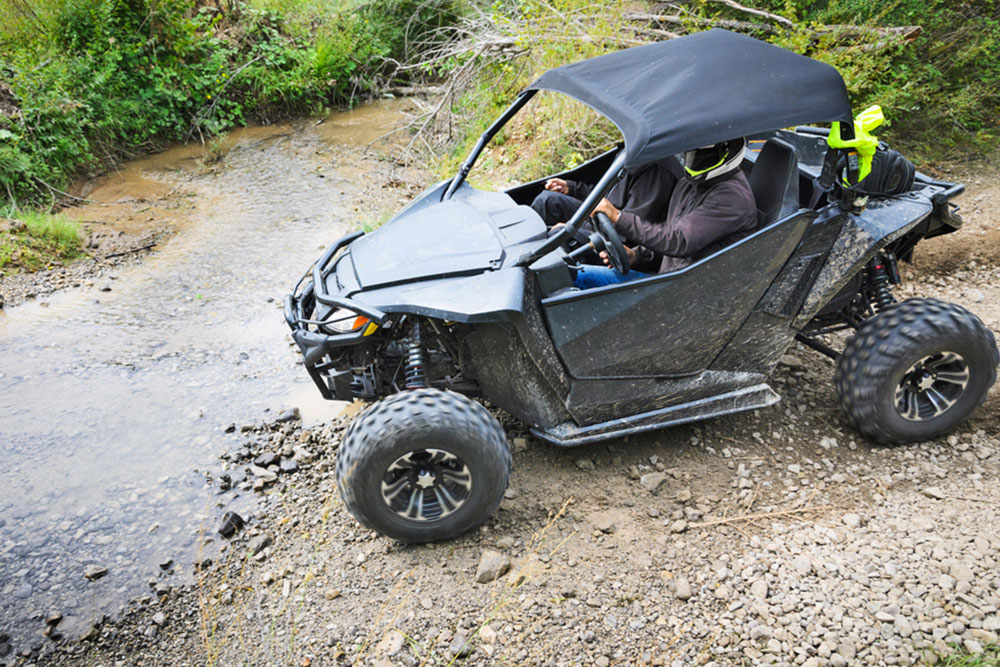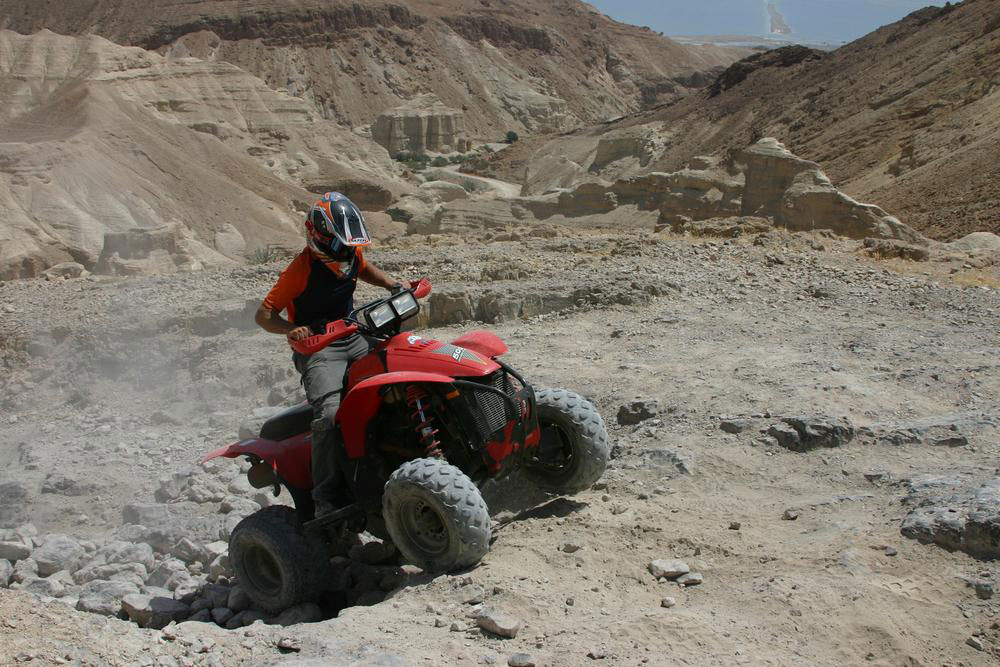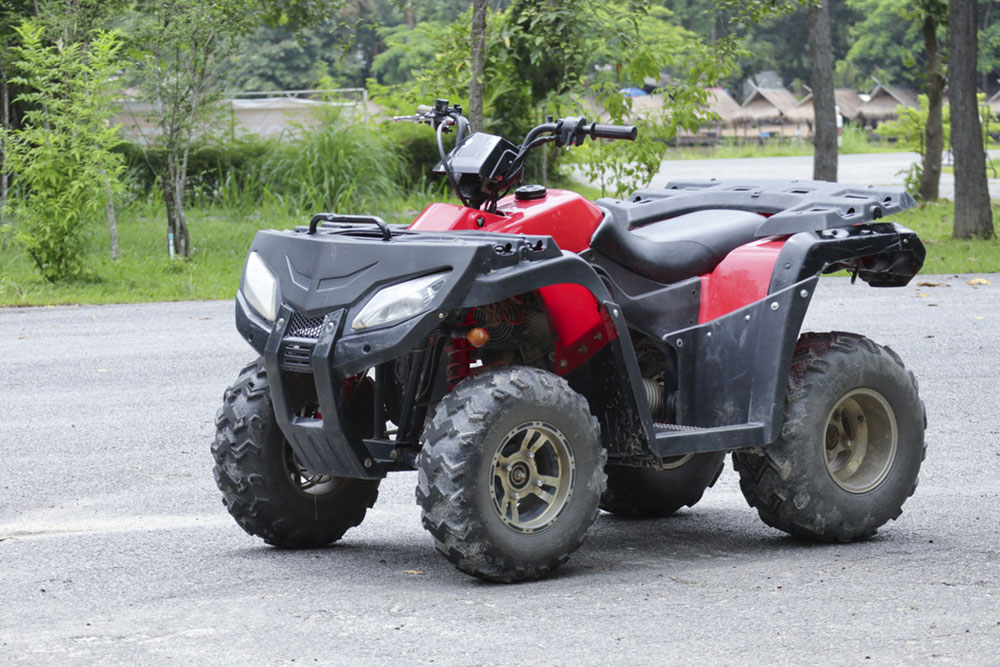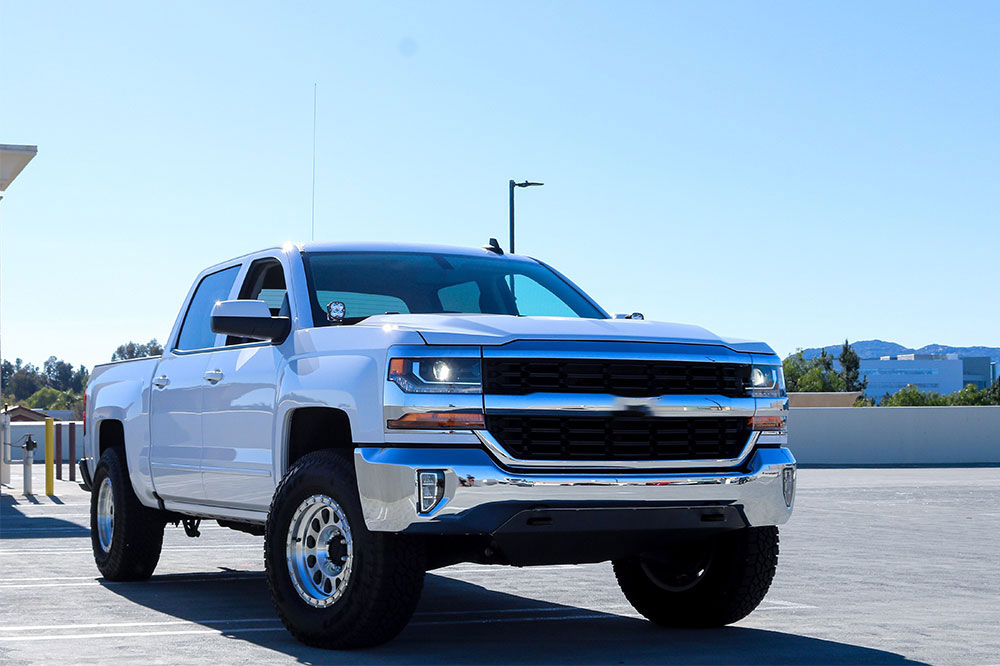The Expanding Role and Significance of All-Terrain and Utility Vehicles in Modern Industries
This article explores the expanding significance of all-terrain and utility vehicles across various industries. From their origins in recreation and utility work, ATVs and UTVs have become vital tools in emergency response, agriculture, construction, and urban management. With advancements in technology, their multifunctional roles are set to grow further, including electric and autonomous models. Understanding these developments highlights the increasing importance of these versatile vehicles for safety, efficiency, and critical operations worldwide.

The Expanding Role and Significance of All-Terrain and Utility Vehicles in Modern Industries
In recent years, the market for all-terrain vehicles (ATVs) and utility task vehicles (UTVs) has experienced remarkable growth, driven mainly by evolving consumer needs and expanding applications across various sectors. What was once a niche market dedicated to recreation and utility has now become a significant part of modern industries, including emergency response, agriculture, construction, and even urban management. The rising demand for these versatile vehicles highlights their growing importance in daily operations and critical situations.
Understanding how crucial ATVs and UTVs have become requires a look at their history and evolving roles. Originally, these vehicles were primarily associated with recreational off-road racing, outdoor adventure sports, and utility work in rural settings. Enthusiasts appreciated their rugged durability and ability to traverse difficult terrains, making them popular among outdoor sports communities and utility workers. However, as technology advanced and their capabilities improved, their practical applications expanded significantly, altering their perception from mere recreational tools to essential equipment in various industries.
One of the most notable shifts has been their enhanced role during emergencies and disaster management. During natural calamities such as floods, earthquakes, or hurricanes, ATVs and UTVs have demonstrated their ability to navigate challenging landscapes inaccessible to standard vehicles. This capability proves invaluable when transporting medical supplies, food, and relief personnel rapidly and efficiently, often saving lives in critical moments. Their versatility has made them indispensable assets for first responders, military operations, and humanitarian missions.
Moreover, the versatility of these vehicles is evident in their design evolution. Manufacturers have integrated advanced features such as four-wheel drive, enhanced suspension systems, waterproofing, and compact designs to suit a variety of operational environments. These improvements enable ATVs and UTVs to operate effectively in extreme conditions, including snow-covered terrains, muddy fields, and rugged construction sites. As a result, industries such as agriculture, forestry, construction, and even urban policing increasingly rely on these vehicles to perform demanding tasks efficiently.
Looking toward the future, the multifunctional nature of ATVs and UTVs is set to grow further. Innovations in electric propulsion, autonomous driving capabilities, and smart technology integration are poised to revolutionize their roles. Electric models are especially attractive due to environmental concerns and the desire for quieter operation, making them suitable for sensitive operations like wildlife monitoring or urban security patrols. Additionally, the development of autonomous UTVs could streamline logistics, reduce labor costs, and increase safety in hazardous settings.
Furthermore, governments and private enterprises are investing heavily in developing specialized models tailored for specific industries. For example, firefighting UTVs equipped with water cannons and rescue gear, or medical emergency versions with advanced communication and supply storage, are increasingly in demand. The expanding utility of these vehicles signals a promising future for manufacturers and users alike, with new applications emerging that leverage their durability, agility, and adaptability.
In summary, the importance of ATVs and UTVs extends far beyond recreational use. Their expanding roles in emergency management, industry, and urban operations highlight their significance in modern society. As technological advancements continue to evolve, we can expect these versatile vehicles to play an even more critical role in ensuring safety, efficiency, and rapid response in diverse environments. This evolution is set to redefine how industries, governments, and communities utilize off-road and utility vehicles in the years to come.





